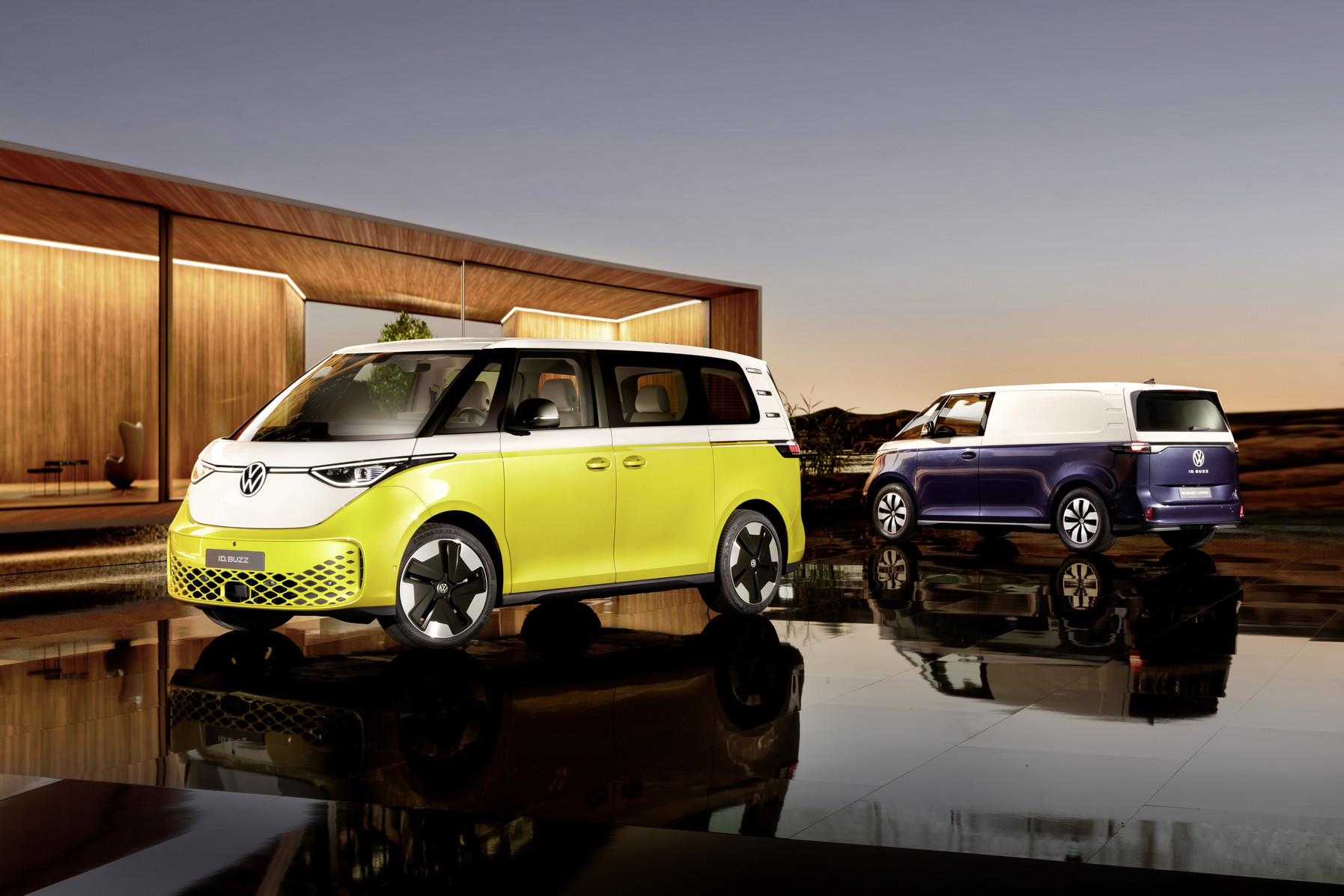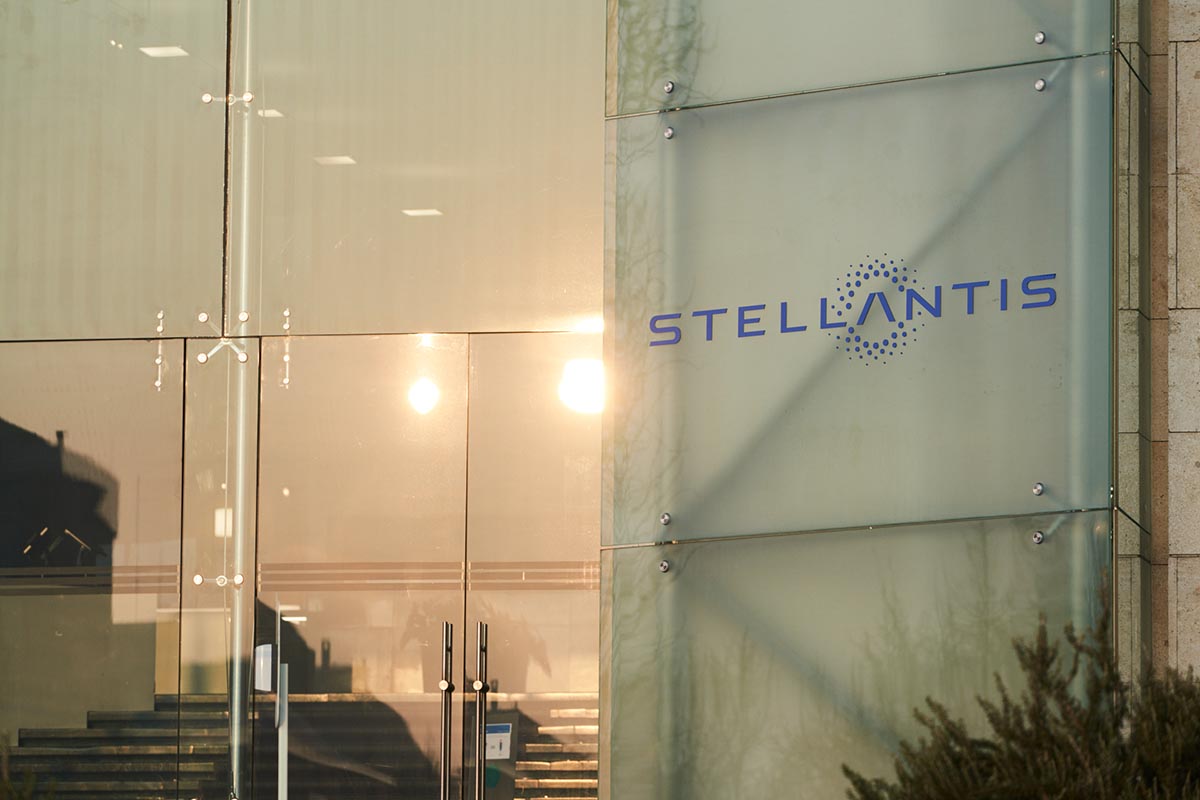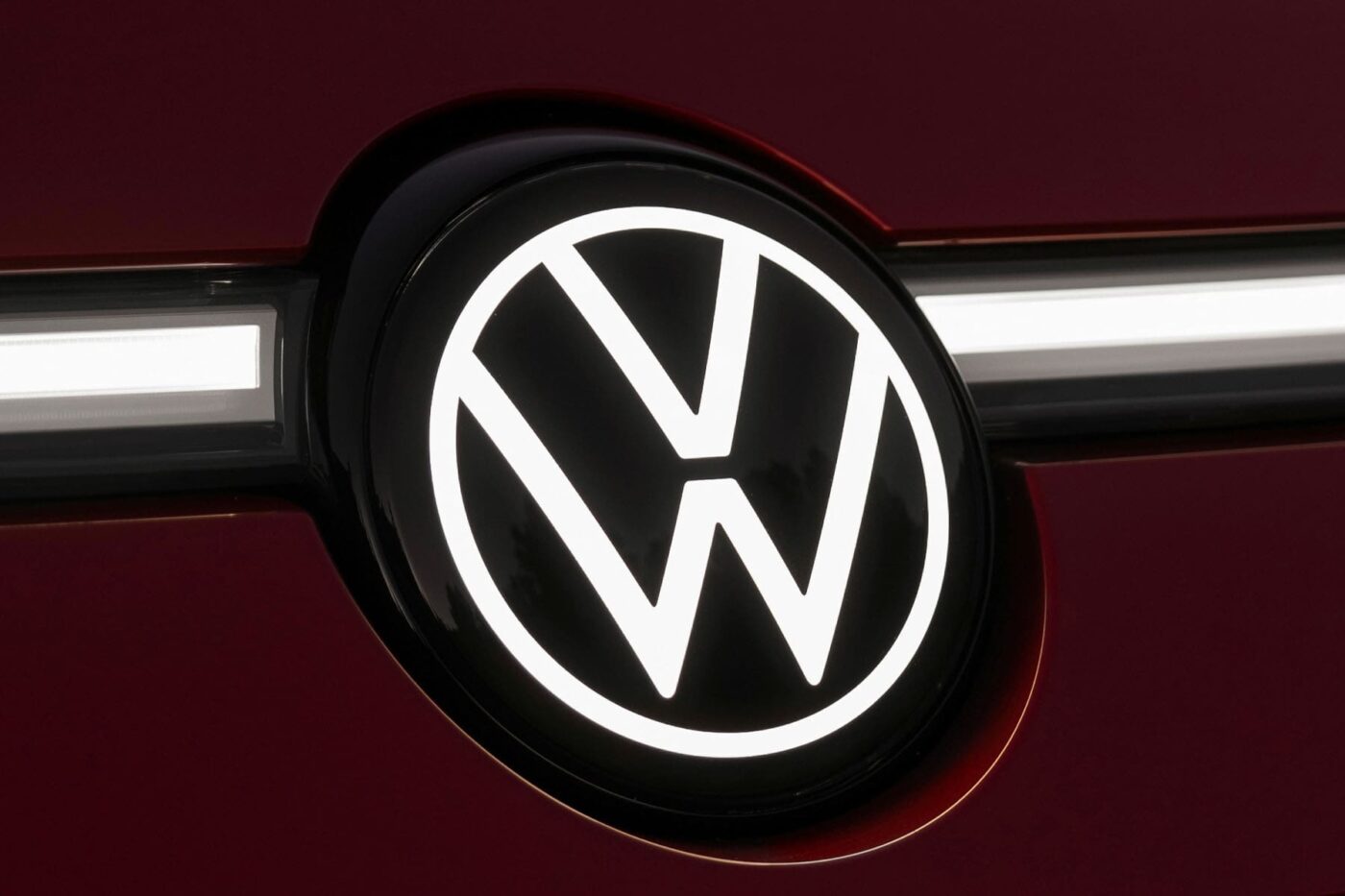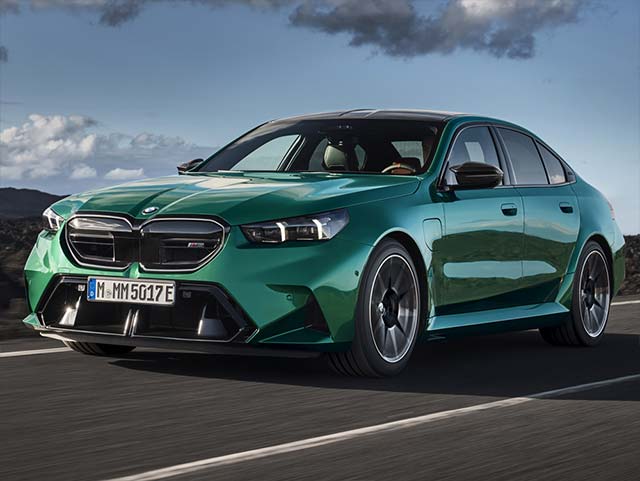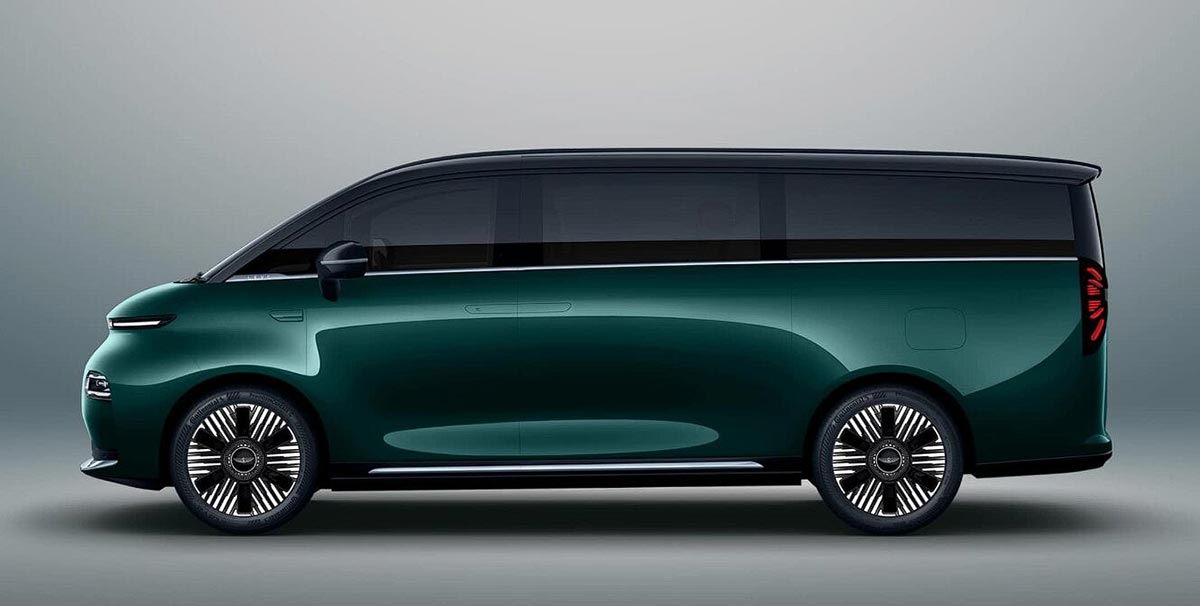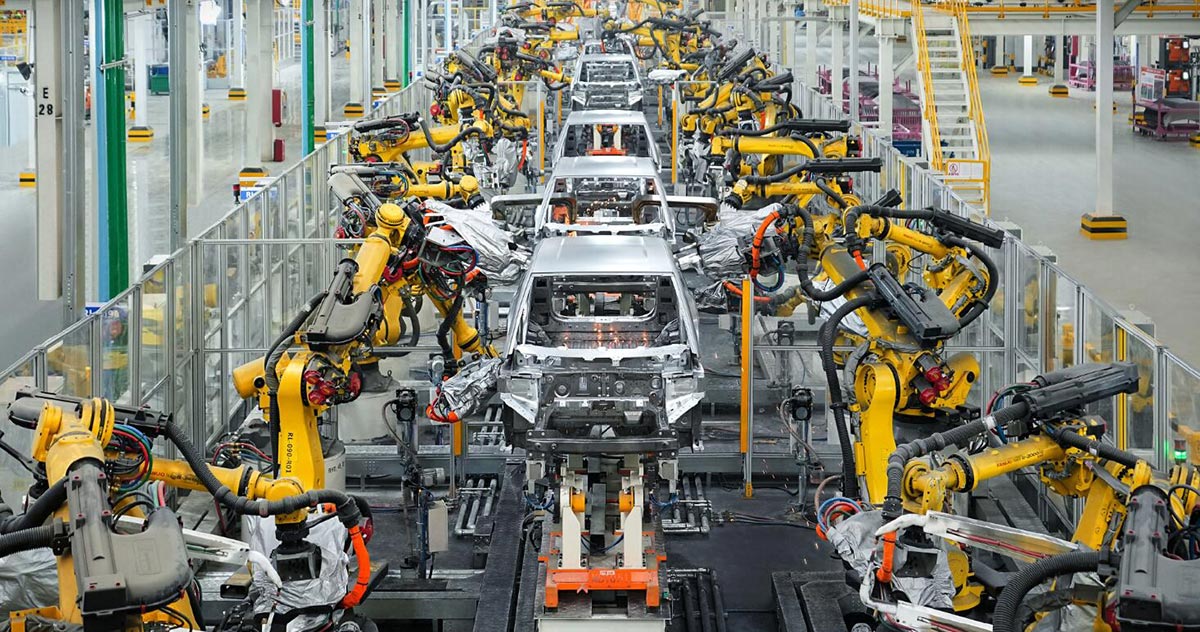Volkswagen Commercial Vehicles (VWN) announced on Tuesday its plans to introduce a new entry-level variant of its electric minibus, the ID. Buzz. The new model will feature a smaller 62 kWh battery, aiming to make the vehicle more affordable than the current version.
Lars Krause, Board Member for Marketing at Volkswagen Commercial Vehicles, disclosed the details in an interview with German publication Automobilwoche. However, Krause did not specify the market launch date or the price of the new entry-level variant.
See also: Volkswagen Plans Major Production Boost for Electric ID.Buzz Van
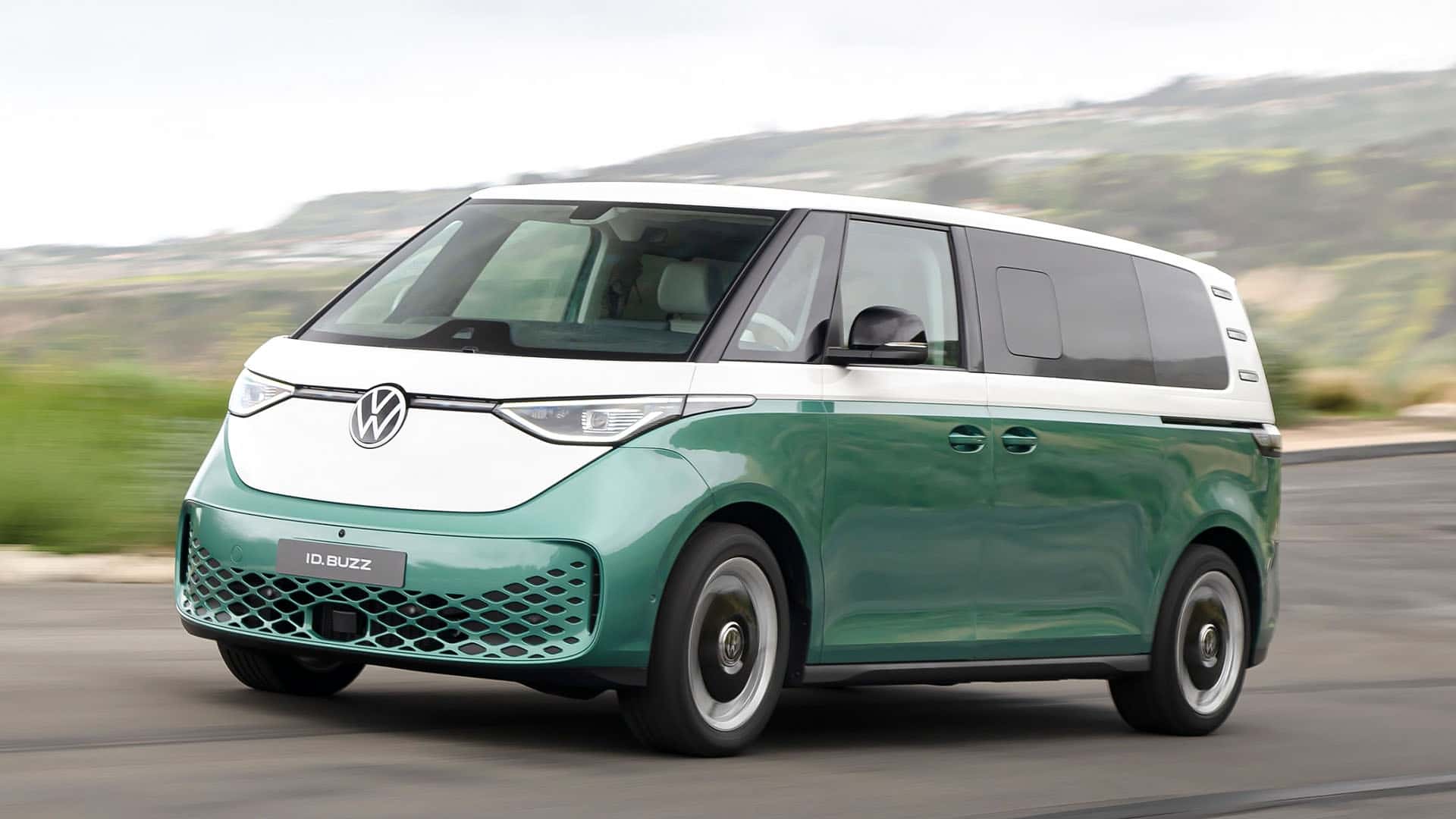
This year, VWN will also ramp up production of the ID. Buzz, including the new long-wheelbase version and the powerful all-wheel-drive GTX model. “In the second half of the year, we want to build twice as many ID. Buzz than in the same period last year. In the medium term, production of the ID. Buzz, which we build for the entire global market in Hanover, should and must be in the six-figure range,” Krause stated.
Krause emphasized VW Commercial Vehicles’ commitment to electric mobility, targeting 55 percent electric vehicle production by 2030. “For Europe, we assume that the electric drive will be the most popular drive in vans in three to four years’ time. In addition to the pan-European requirements, individual national legislation also plays a role,” he said. “This point has long since been reached in Norway, for example, and we expect it to be reached in the Netherlands in 2025, when the registration of new combustion vans will no longer be permitted in many cities.”
See also: Volkswagen’s ID. Buzz Electric Van in America Offers Three Trims and Up to 335 HP
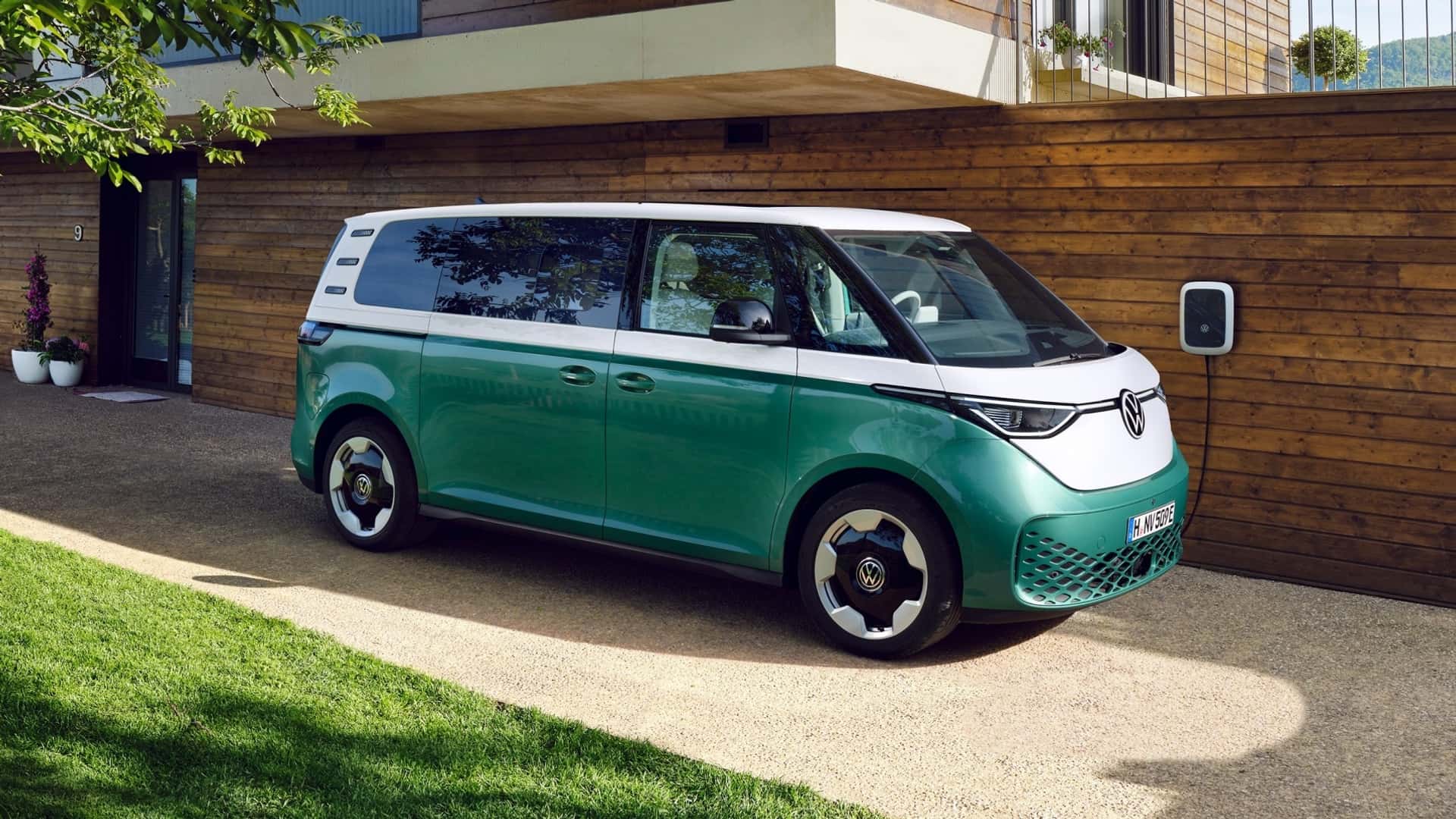
The ID. Buzz will soon be joined by other electric vans in VWN’s portfolio. The next generation of the VW Transporter, to be built by Ford Otosan in Turkey based on the Transit Custom, will include a battery-electric version. Additionally, the new VW Crafter, set to launch in 2028, will be built entirely on an all-electric platform.
“Two-thirds of our customers could already manage their everyday lives with an electric van today. Compared to our current delivery rate of just under ten percent, there is huge potential,” Krause asserted. “The new van will also offer a wide range of variants with electric drive – from panel vans to crew cabs. In our view, this is a particularly important challenge in convincing van customers of the benefits of electric mobility.”

